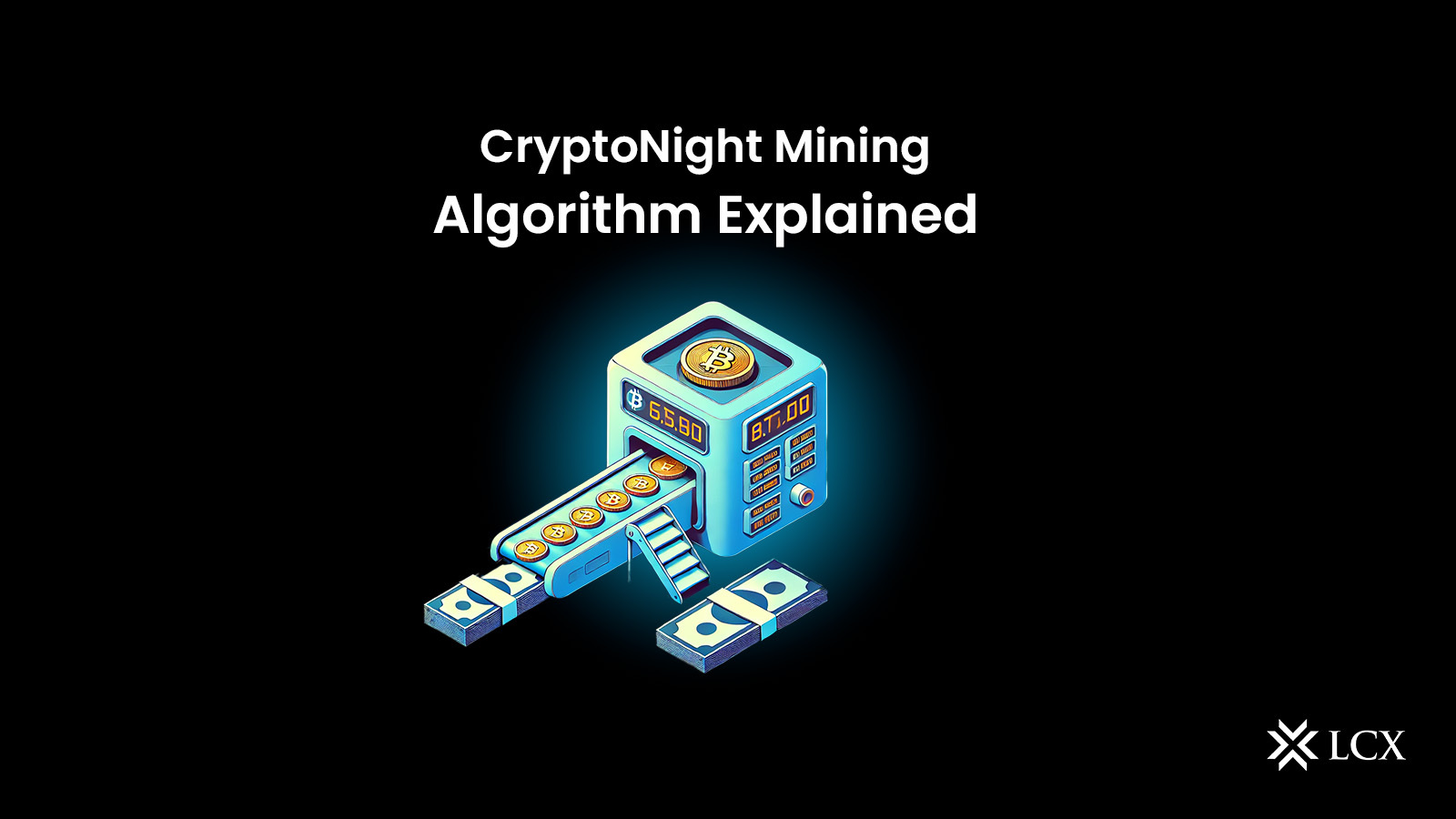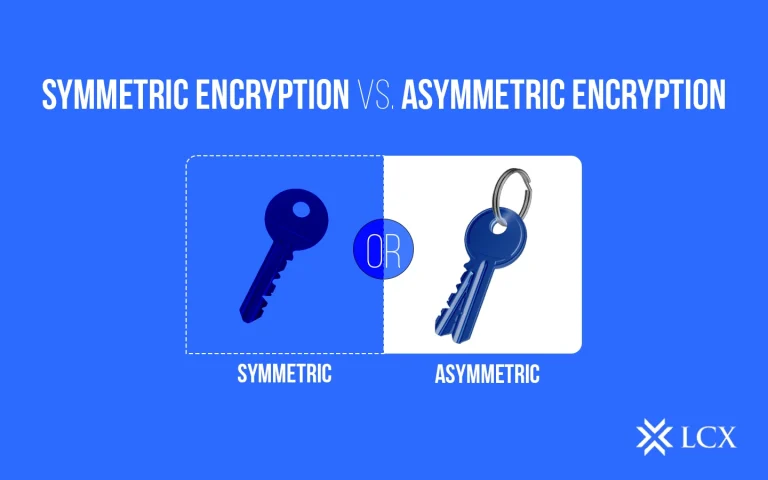What are Mining Algorithms?
The foundation of blockchain-based networks, including Bitcoin and various other protocols, lies in mining algorithms.
Mining algorithms are instrumental in ensuring network security and transaction verification within the realm of blockchain technology. To generate a valid block, a mining algorithm instructs the computers of miners to adhere to a predetermined set of rules.
The widely recognized consensus algorithm employed by Bitcoin and other cryptocurrencies is known as Proof-of-Work (PoW). PoW involves miners competing with their computational prowess to discover a particular hash value that grants them access to the new block. Application-specific integrated circuits (ASICs) are the specialized hardware required for miners to remain competitive in this energy-intensive process. However, prior to the development of ASICs, users at home utilised lower-scale CPU and GPU mining equipment.
The SHA-256 hash function, developed by the National Security Agency (NSA) of the United States and published in 2001 as a data integrity standard, is predominantly employed in ASIC mining. Bitcoin ensures optimum security and integrity with SHA-256, since even a minor modification to the algorithm would result in an alteration of the output of the mining hash function.
In order to remain competitive with mining operations on an industrial scale, numerous miners invest in mining pools, which aggregate their computational resources in order to improve the likelihood of mining a block successfully. Rewards for blocks are distributed proportionally to the contributions of each participant.
Must Read: What is Crypto Mining and How Does it Work?
Aside from determining how participants are compensated with newly minted coins, the mining algorithm determines the rules and requirements essential to the creation and security of the blockchain network. As such, it is a critical choice for any cryptocurrency project. Ethash, which is implemented by the Monero Network, and CryptoNight, which is utilized by the Ethereum blockchain, are two additional well-known mining algorithms.
Understanding the CryptoNight Algorithm
One of the most rapid mining algorithms, CryptoNight is an integral component of the CryptoNote consensus protocol.
CryptoNight is an ASIC-resistant PoW mining algorithm for CPU and GPU mining that prevents the concentration of mining power. It aims to assist users in mining with greater efficiency by utilizing a variety of cryptographic functions, such as CryptoNight and Keccak.
Due to the fact that its cryptographic hash function circumvents the Advanced Encryption Standard (AES), an algorithm designed for military-grade extreme security, CryptoNight is a mining algorithm with a strong emphasis on security. Since Monero began utilizing it as the hash algorithm for its blockchain consensus, the crypto community has taken notice of CryptoNight’s enhanced reputation as a security algorithm.
The development of the CryptoNight algorithm is intriguing as it evokes the inception of Bitcoin. The fictitious inventor, identified as Nicolas van Saberhagen, vanished, mirroring the disappearance of the renowned Satoshi Nakamoto.
Numerous individuals suspect that the two developers are the same individual due to their striking resemblance; the eerie release date of CryptoNote, December 12, 2012, only adds to the mystique. CryptoNote advocated for ring signatures, non-linkable transactions, and confidential transactions as a security protocol and privacy instrument.
How Does the CryptoNight Mining Algorithm Work?
By employing the CryptoNote consensus protocol, CryptoNight fortifies privacy by ensuring that it is impossible to discern which party is making the payment and who is receiving the funds.
Although GPU mining is supported by CryptoNight, its features also render it well-suited for CPU mining. The CPU architecture is extremely efficient, thanks to its set of 64-bit rapid multipliers for maximum speed; furthermore, the intensive utilization of CPU caches ensures optimal performance.
Its operation consists of three primary steps:
Creating a “scratchpad”
A substantial memory is utilized to maintain intermediate values throughout the hashing process. The initial input data is subjected to a Keccak-1600 hashing operation, which generates 200 bytes of data at random.
Encryption transformation
The initial 31 bytes of the Keccak-1600 hash are subsequently converted into the encryption key for the AES-256 algorithm, which is the most advanced value in the AES family.
Final hashing
CryptoNight applies the remaining hash functions to the complete data set generated by the AES-256 and Keccak functions in the previous phase. A final hash is produced as a consequence of the CryptoNight proof-of-work. The total length of this 256-bit hash is 64 characters.
Why Is CryptoNight Important?
The purpose of CryptoNight was to provide GPUs and CPUs with an equal opportunity to mine blocks and to discourage the use of ASIC miners.
Three critical factors make CryptoNight significant: it provides enhanced privacy through untraceable transactions, it is resistant to ASICs, and it is scalable. The majority of cryptocurrencies, including Bitcoin (BTC), are virtually public, as a public address can be used to trace a user’s transactions and balance on the open-source blockchain.
Conversely, CryptoNight was specifically engineered to cater to the needs of privacy-aware users seeking to conduct transactions on the blockchain in private. In order to attain optimal security and anonymity, the algorithm’s developers incorporated two critical privacy tools—stealth addresses and ring signatures—both of which were conceived by the Monero team.
A key impetus for the creation of CryptoNight was to alleviate mounting concerns regarding the centralization of cryptocurrencies caused by ASIC mining devices. The developers of the project were intent on challenging ASIC’s dominance in the mining industry and created a system in which GPUs and CPUs could maintain their competitive advantage.
Scalability and high efficiency are fundamental aspects of CryptoNight. The exponential growth of its computation power ensures enhanced scalability by facilitating quicker transactions.
What’s Ahead for CryptoNight Algorithm?
The CryptoNight algorithm has experienced substantial evolution, enhancements, and minor adjustments since its inception in 2012 to accommodate the various cryptocurrency initiatives. These developments continued until the introduction of the final iteration, CryptoNight-R, which was developed by Monero.
Is CryptoNight an operational mining algorithm once more, or has it ceased to fulfill its objective of becoming an egalitarian tool? The objective of each variant was to withstand ASIC and prevent its continued dominance in cryptocurrency mining.
There is widespread belief that this did not occur, and the initiative fell short of fulfilling its initial promise. The malfunction, according to the Monero team, occurred for security purposes. DoS risk to nodes may be posed by the CryptoNight hash due to its time-consuming and costly verification process, as was previously mentioned in the context of certain CryptoNight-based cryptocurrencies.
Others believe it made every effort to prevent the ASIC’s corporate power from expanding further. It originated as an egalitarian algorithmic variant that could ensure equitable mining rights for individuals, extending beyond the realm of corporations.
It continues to function as a publicly accessible mining tool, despite the fact that the ASIC resistance capability is no longer viable due to the effective adaptation of ASICs to mine using this algorithm. Even so, it may serve as a solid foundation for the development of forthcoming cryptocurrency initiatives, particularly for users who prioritize mining fairness and privacy.










